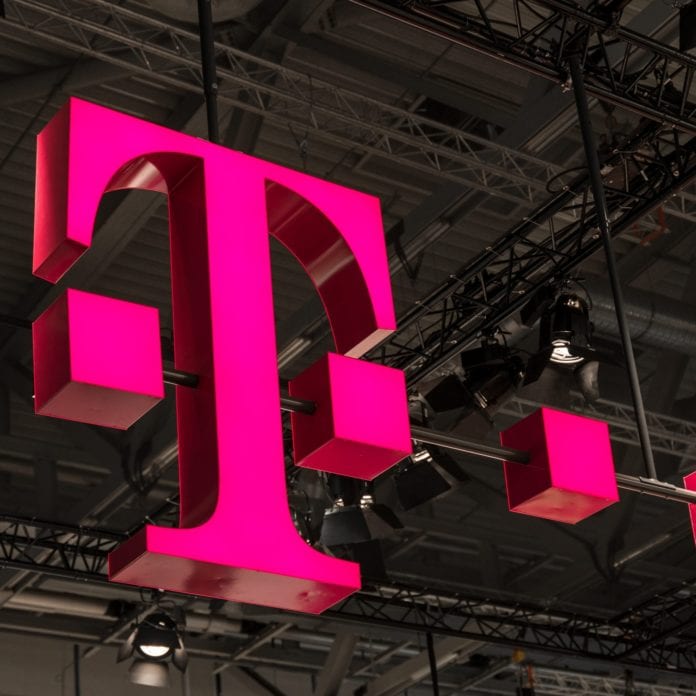German operator Deutsche Telekom said it has built up 5G capacities at 892 mobile sites across Germany in the past two months.
The European carrier also said that the mobile sites also provide LTE connectivity through Dynamic Spectrum Sharing (DSS) technology.
In addition, Deutsche Telekom has built up more LTE capacity at 1,690 locations and in total, it has installed 464 new LTE sites.
The operator also noted that the recent network expansions already enable over two-thirds of the German population to have access DT’s 5G network. The carrier had previously said that it expects to cover 80% of the country’s population with 5G by the end of 2021.
“We are pushing the pace with the mobile network expansion,” said Walter Goldenits, managing director of technology at Telekom Deutschland.
“We currently have more than 32,000 locations in operation. In addition, we build more than 1,500 new locations every year. Also, there are LTE and 5G expansions at thousands of existing locations. As part of our massive expansion activities, 5G will become the new standard in Telekom’s mobile network,” the executive added.
Last month, Deutsche Telekom installed its first 5G Standalone antenna in Garching, which is near Munich, to carry out 5G SA trials.
Deutsche Telecom connected the antenna to a 5G Standalone core network via cloud infrastructure. The German operator also noted that the infrastructure in the core network will also be fully upgraded to a new, cloud-based 5G architecture.
Meanwhile, earlier this week, the company carried out a video call at its first 5G Standalone site in Garching to make the call to Bonn. The call latency was 13 milliseconds.
The primary 5G technology currently deployed in Germany is based on the 5G Non-Standalone (5G NSA) network architecture, which means that current’s 5G offerings are still technically dependent on a simultaneously available 4G network (LTE). With 5G Standalone, the infrastructure in the core network will also be fully upgraded to a new, cloud-based 5G architecture, the telco said.
Deutsche Telekom is using multiple frequencies for its 5G expansion. The focus is on the 2.1 GHz and 3.6 GHz frequency bands. At the end of last year, 5G was available in 26 cities on the 3.6 GHz frequency following the deployment of nearly 1,000 antennas in Aachen, Augsburg, Berlin, Bonn, Braunschweig, Bremen, Darmstadt, Dortmund, Duisburg, Düsseldorf, Essen, Frankfurt/Main, Hamburg, Hanover, Jena, Kiel, Cologne, Leipzig, Ludwigsburg, Munich, Nuremberg, Saarbrücken, Schwerin, Stuttgart, Wiesbaden and Wolfsburg.
The telco kicked off the rollout of its 5G network in a limited number of cities across Germany at the beginning of July 2019.

